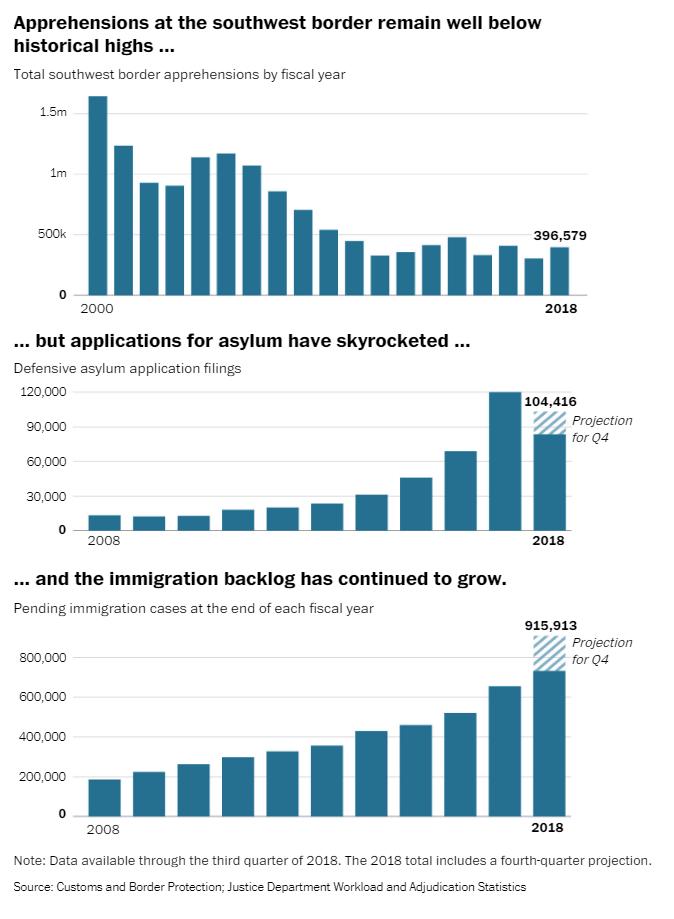This is a followup to my previous thread (RTd below).
It's also going to be a bit harder.
Sorry.
Praying I don't mess it up. 1/n
Y=C+I+G
Remember (from previous thread):
We want 2 things:
1. We want the right *Total* Y (fullish employment, keeping inflation controlled)
2. We also want the right *Mix* of Y (between C & I & G)
Any mathematician could solve for the endogenous {C,I,G} given the policy instruments {G,T,R}.
Or solve it in reverse, for the settings of the policy instruments needed to get the right Total and right Mix.
Everything (usually) depends on everything else.
And even what we *think* we know is too much for any One Mind.
(Hayek "Use of Knowledge" etc.)
So we:
1. Decentralise decisions, and;
2. "Gradient Climb"
to try to do the best we can.
But I can "Gradient Climb" to get it roughly right:
to increase speed press down on the gas;
to decrease speed ease up.
How should we assign targets to instruments (decentralise responsibility for "solving" this simultaneous equations problem) so that "Gradient Climbing" can work reasonably well?
The "Macro" part (getting Total Y right) of this assignment question is easy for everyone (yes, there's expectations, and long & variable lags, etc., but...)
It's the "Micro" part (getting the Mix of Y right) that's harder for Central Bankers.
If Total Y is too high (so inflation might get too high), and Total Y is your responsibility, you can:
Cut G (if you control G)
Raise T (if you control T)
Raise R (if you control R)
It's easy to Gradient Climb, whoever is assigned Total Y.
If it thought G/Y was too low, the Central Bank would need to raise R, which would reduce Y, which would cause the Fiscal authority to respond by raising G to get Y back up again.
So let's suppose we do this.
Which way round should we assign T and R to Total Y and Mix C/I?
If the Central Bank thought C/I was too high, what should it do?
The answer isn't obvious (to me).........
Macroeconomists spend too much time arguing whether Monetary or Fiscal Policy has an *Absolute* Advantage in getting the Macro question (Total Y) right.
What matters instead is whether Monetary or Fiscal Policy has a *Comparative* Advantage in Macro vs Micro.









